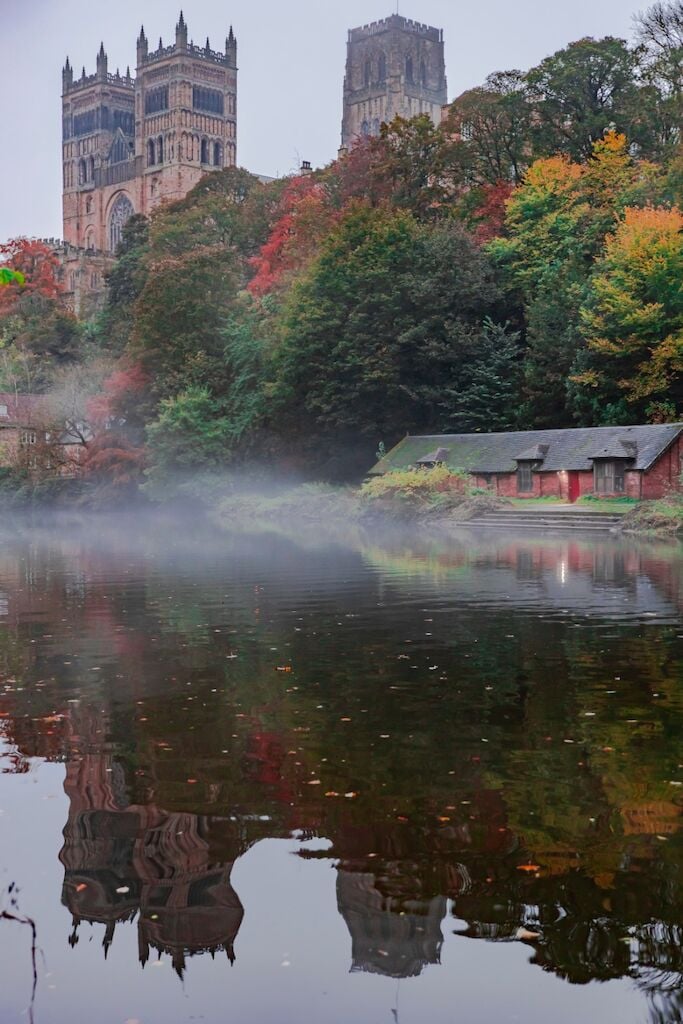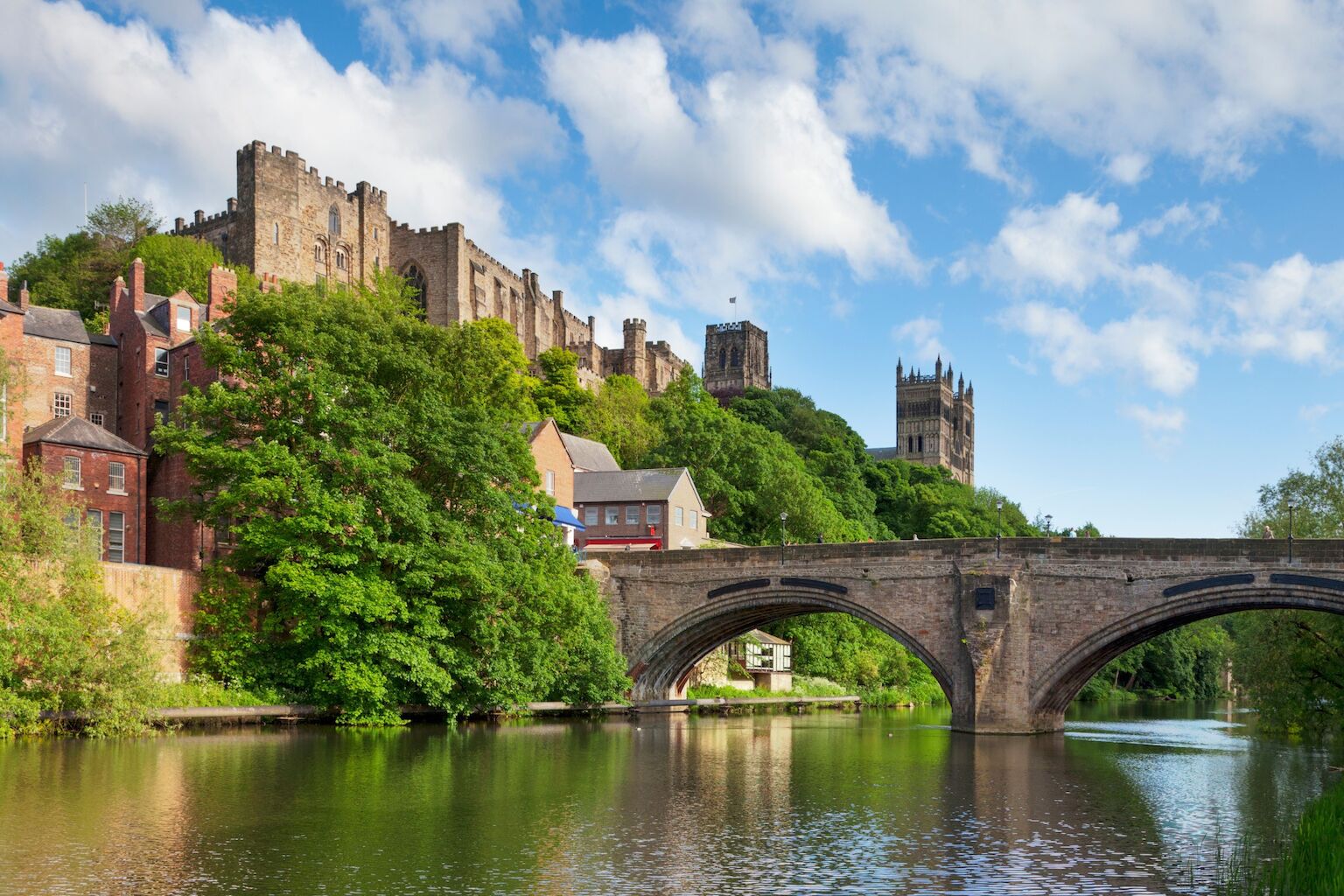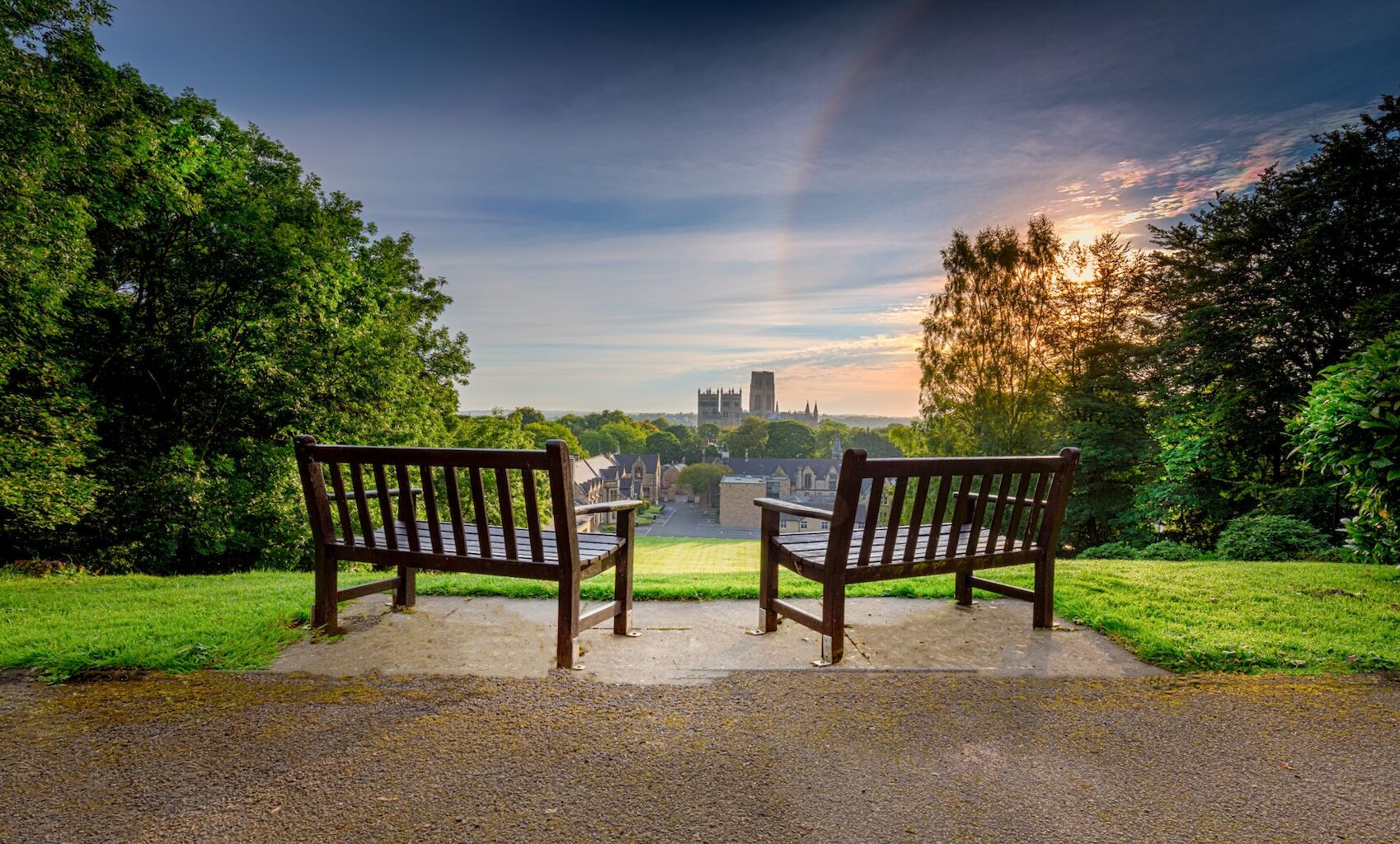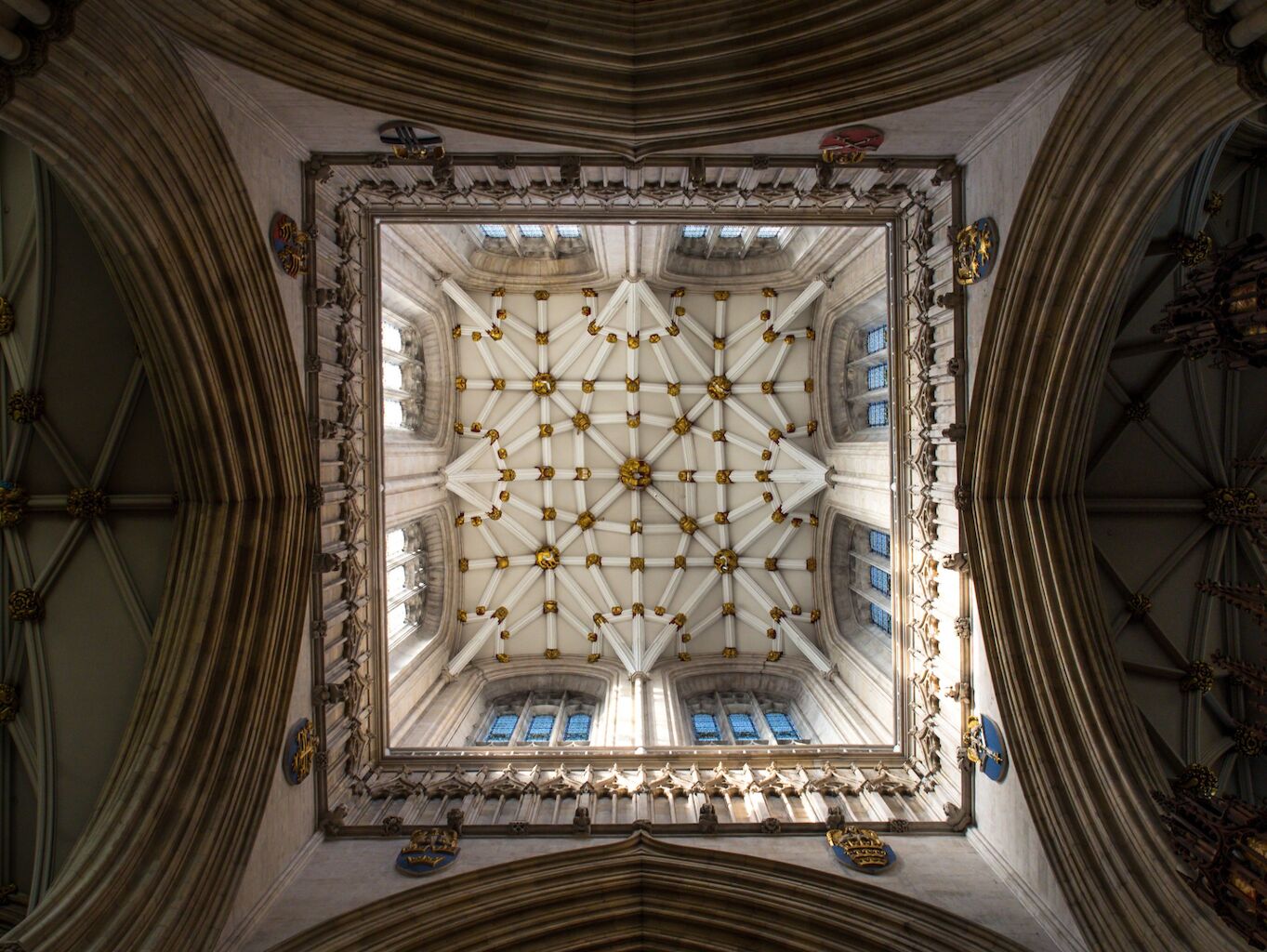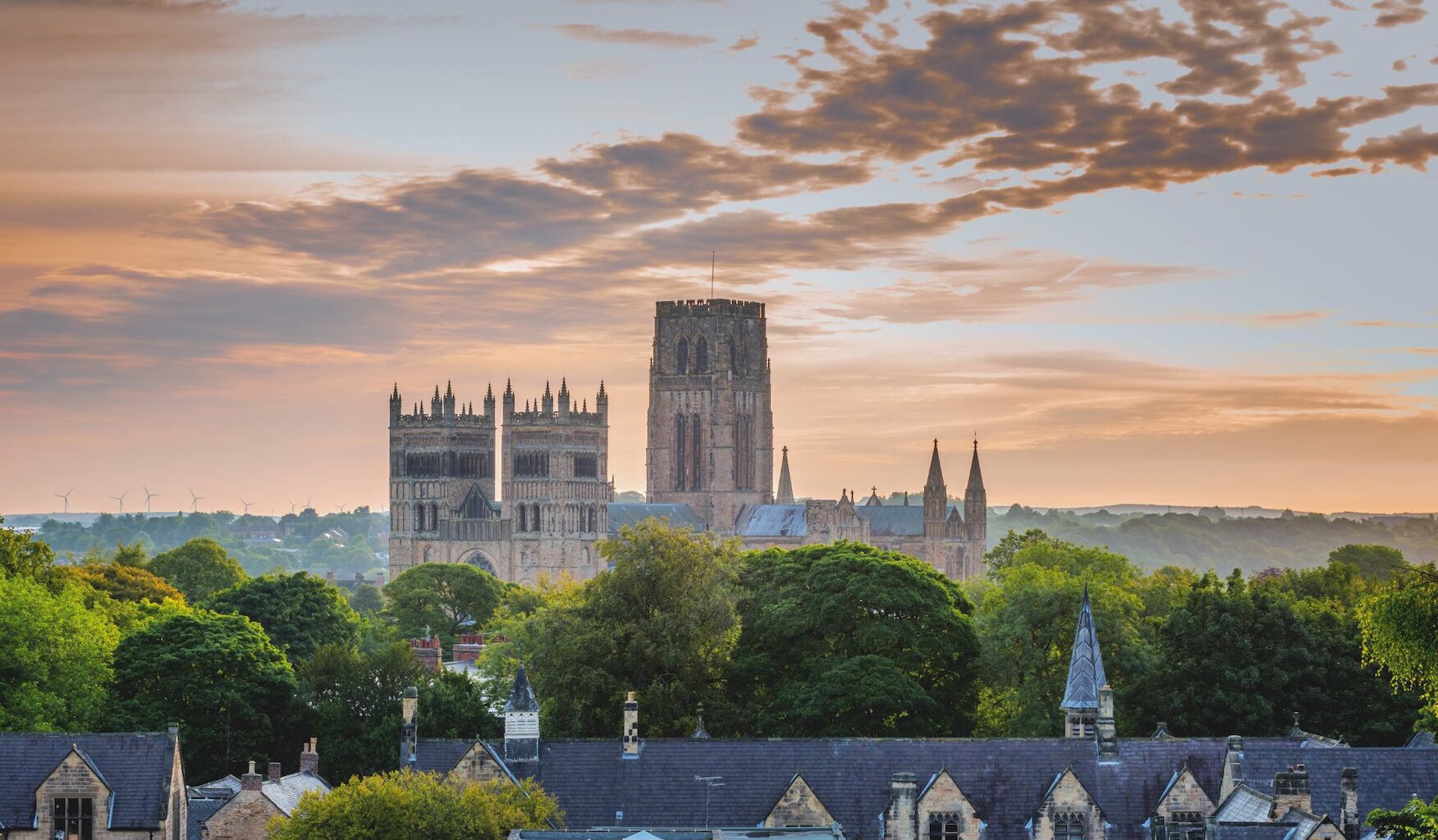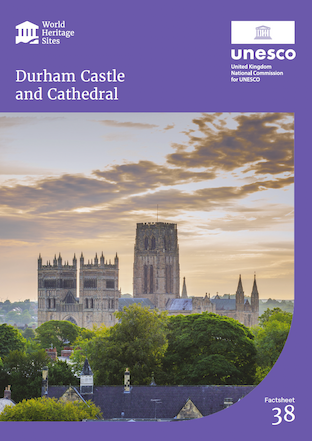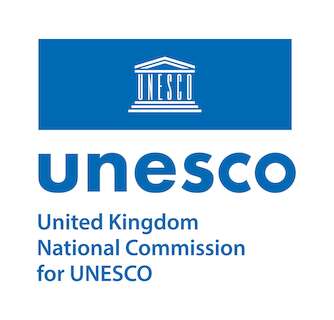Durham Castle and Cathedral
Durham Castle and Cathedral was the historic seat of the Bishops of Durham. The continuous use of this place for worship and learning for over 1,000 years is intrinsic to its Outstanding Universal Value. Consecutive Prince Bishops added to the site from its Norman foundation until the last Prince Bishop gifted the Castle to Durham University in 1837.
What makes this UNESCO Designation special?
One of the finest examples of Norman (Romanesque) architecture in Europe, Durham Castle and Cathedral is an awe-inspiring sight, dominating the historic medieval city. Its great sandstone towers are visible for miles around.
The site has been in continuous use since its foundation in the 11th Century and recent archaeological discoveries show that human occupation on the peninsula goes back as far as the Stone Age. The Cathedral houses the relics of three saints: Cuthbert, Bede (the father of English history) and Oswald.
Today the site combines a living and working Cathedral church and precinct (since 1093), a choral school (since 1414), Durham University (since 1832) and St John’s College which trains church leaders (since 1909). It has chapels, museums, libraries, laboratories and lecture theatres, offices and residential accommodation. It serves a community of half a million people in County Durham and attracts visitors and students from around the world.
The 18th century designed landscape setting on the banks of the River Wear is a popular public urban green space. Prebends Bridge continues to provide a dramatic vantage point and a vital traffic-free connection to the city for a new generation of pilgrims, residents, students and visitors through the historic Watergate in the medieval castle curtilage.

